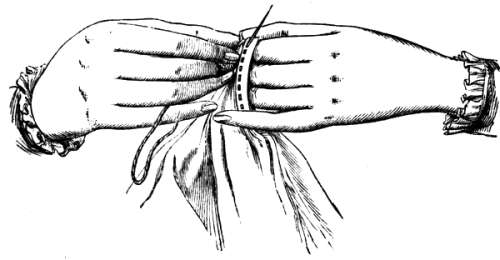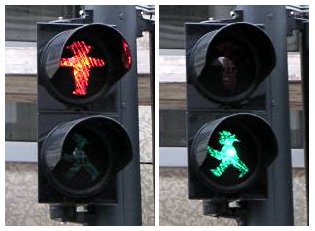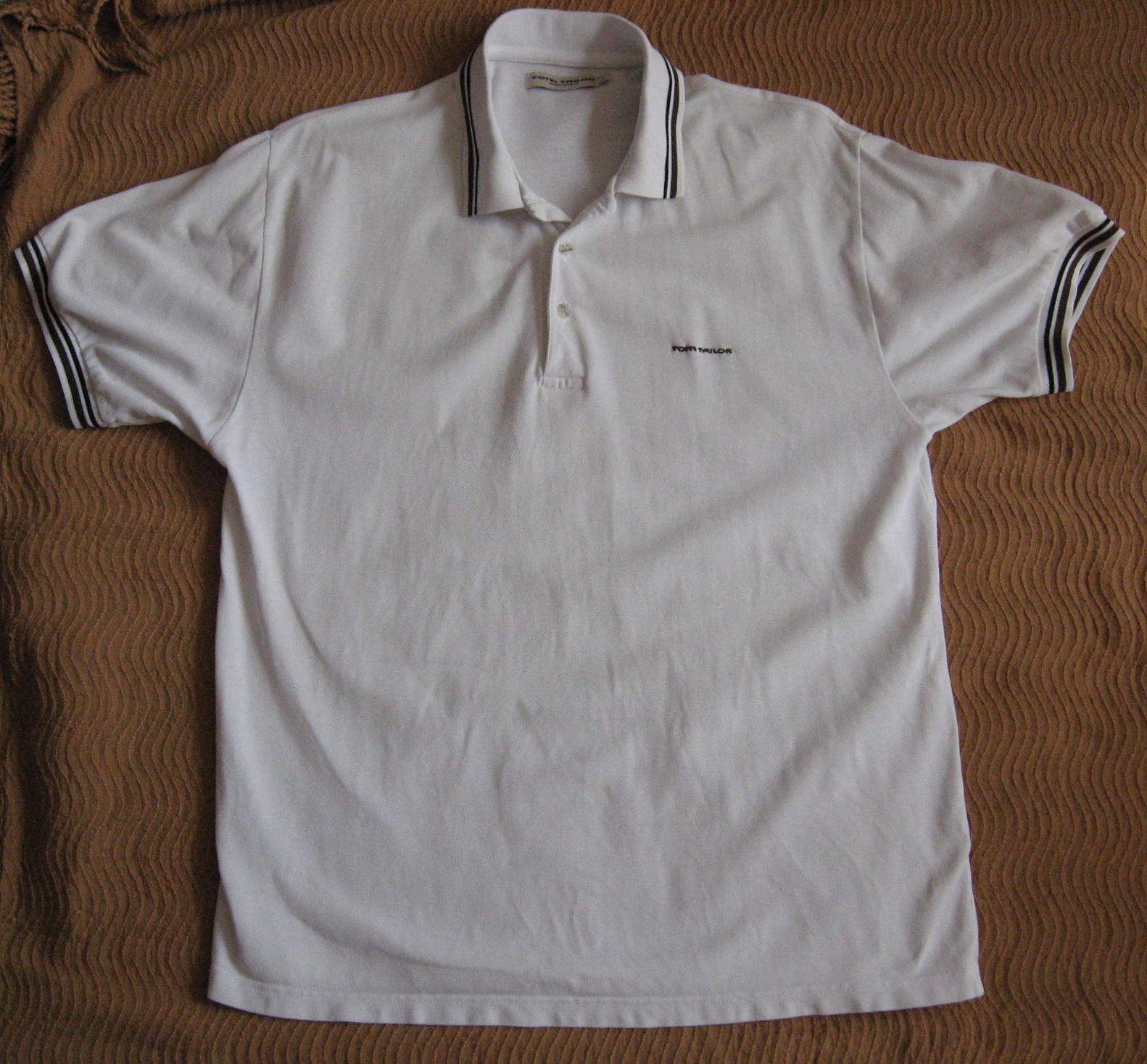|
Malimo
Malimo is a textile manufacturing technique in which warp and weft yarns are sewn together. The method is also referred to as "stitch-bonding." It was invented in Eastern Germany in the 1950s. Malimo is used in a variety of applications, including apparel fabrics, wind turbine wings and isolation fabrics, and aerospace. Structure Malimo is made by layering yarn in the warp and then layering weft over it, which is then held together with an additional yarn using interlocking. Malimo variations include multineedle operation, varying the number of yarns laid, and replacing warp with fabric. For instance the heavy number of warp and weft yarns sewn with fine yarn provides woven appearance. On the other hand, using fine yarns in the warp and weft and stitching with prominent yarns creates the appearance of knitted fabric. The fabric is three-dimensional in structure and is named after the Mali or arachne from which it is made. Heinrich Mauersberger Heinrich Mauersberger, a German ... [...More Info...] [...Related Items...] OR: [Wikipedia] [Google] [Baidu] |
Heinrich Mauersberger
Heinrich Mauersberger (1909–1982) was a German textile Textile is an umbrella term that includes various fiber-based materials, including fibers, yarns, filaments, threads, different fabric types, etc. At first, the word "textiles" only referred to woven fabrics. However, weaving is not the ... inventor. He is credited with inventing Malimo, a technique for stitch bonding, in 1949. He was awarded the patent DD000000008194A. The series of Malimo was further developed by the Chemnitz-based company Karl Mayer. References 20th-century German inventors Patent holders 1909 births 1982 deaths {{Germany-bio-stub ... [...More Info...] [...Related Items...] OR: [Wikipedia] [Google] [Baidu] |
Textile
Textile is an umbrella term that includes various fiber-based materials, including fibers, yarns, filaments, threads, different fabric types, etc. At first, the word "textiles" only referred to woven fabrics. However, weaving is not the only manufacturing method, and many other methods were later developed to form textile structures based on their intended use. Knitting and non-woven are other popular types of fabric manufacturing. In the contemporary world, textiles satisfy the material needs for versatile applications, from simple daily clothing to bulletproof jackets, spacesuits, and doctor's gowns. Textiles are divided into two groups: Domestic purposes onsumer textilesand technical textiles. In consumer textiles, aesthetics and comfort are the most important factors, but in technical textiles, functional properties are the priority. Geotextiles, industrial textiles, medical textiles, and many other areas are examples of technical textiles, whereas clothing and ... [...More Info...] [...Related Items...] OR: [Wikipedia] [Google] [Baidu] |
Warp And Weft
Warp and weft are the two basic components used in weaving to turn thread or yarn into fabric. The lengthwise or longitudinal warp yarns are held stationary in tension on a frame or loom while the transverse weft (sometimes woof) is drawn through and inserted over and under the warp. A single thread of the weft crossing the warp is called a ''pick''. Terms vary (for instance, in North America, the weft is sometimes referred to as the ''fill'' or the ''filling yarn'').Barber (1991), p. 79 Each individual warp thread in a fabric is called a ''warp end'' or ''end''.Burnham (1980), pp. 170, 179 Inventions during the 18th century spurred the Industrial Revolution, with the "picking stick" and the "flying shuttle" ( John Kay, 1733) speeding up the production of cloth. The power loom patented by Edmund Cartwright in 1785 allowed sixty picks per minute. Etymology The word ''weft'' derives from the Old English word ''wefan'', to weave. ''Warp'' means "that which is thrown away" (O ... [...More Info...] [...Related Items...] OR: [Wikipedia] [Google] [Baidu] |
Stitch (textile Arts)
In the textile arts, a stitch is a single turn or loop of thread, or yarn. Stitches are the fundamental elements of sewing, knitting, embroidery, crochet, and needle lace-making, whether by hand or machine.Picken (1957), p. 322 A variety of stitches, each with one or more names, are used for specific purposes. Sewing, embroidery, and lace Examples include: * Backstitch * Overcast stitch * Cross stitch * Buttonhole or blanket stitch * Chain stitch * Knot stitch These stitches and their variations are named according to the position of the needle and direction of sewing (''running stitch'', ''backstitch''), the form or shape of the stitch (''chain stitch'', ''feather stitch'') or the purpose of the stitch ( tailor's tack, ''hem stitch'').''Reader's Digest'' (1976), pp. 122–143 Sewing machine stitches are classified by their structure: *Chain stitch, made with one thread *Lockstitch, made with two threads *Overlock, made with one to five threads *Coverstitch, made with t ... [...More Info...] [...Related Items...] OR: [Wikipedia] [Google] [Baidu] |
New States Of Germany
The new states of Germany () are the five re-established states of the former German Democratic Republic (GDR) that unified with the Federal Republic of Germany (FRG) with its 10 states upon German reunification on 3 October 1990. The new states, which were dissolved by the GDR government in 1952 and re-established in 1990, are Brandenburg, Mecklenburg-Western Pomerania, Saxony, Saxony-Anhalt, and Thuringia. The state of Berlin, the result of a merger between East and West Berlin, is usually not considered one of the new states although many of its residents are former East Germans. There have been 16 states in Germany since reunification. Demographics After the fall of the Berlin Wall, the former East German states experienced high rates of depopulation until around 2008. About 2,000 schools closed between 1989 and 2008, because of a demographic shift to a lower number of children. In 2006, the fertility rate in the new states (1.30) approached those in the old states (1 ... [...More Info...] [...Related Items...] OR: [Wikipedia] [Google] [Baidu] |
Apparel
Clothing (also known as clothes, apparel, and attire) are items worn on the body. Typically, clothing is made of fabrics or textiles, but over time it has included garments made from animal skin and other thin sheets of materials and natural products found in the environment, put together. The wearing of clothing is mostly restricted to human beings and is a feature of all human societies. The amount and type of clothing worn depends on gender, body type, social factors, and geographic considerations. Garments cover the body, footwear covers the feet, gloves cover the hands, while hats and headgear cover the head. Eyewear and jewelry are not generally considered items of clothing, but play an important role in fashion and clothing as costume. Clothing serves many purposes: it can serve as protection from the elements, rough surfaces, sharp stones, rash-causing plants, insect bites, by providing a barrier between the skin and the environment. Clothing can insulate against c ... [...More Info...] [...Related Items...] OR: [Wikipedia] [Google] [Baidu] |
Wind Turbine
A wind turbine is a device that converts the kinetic energy of wind into electrical energy. Hundreds of thousands of large turbines, in installations known as wind farms, now generate over 650 gigawatts of power, with 60 GW added each year. Wind turbines are an increasingly important source of intermittent renewable energy, and are used in many countries to lower energy costs and reduce reliance on fossil fuels. One study claimed that, wind had the "lowest relative greenhouse gas emissions, the least water consumption demands and the most favorable social impacts" compared to photovoltaic, hydro, geothermal, coal and gas energy sources. Smaller wind turbines are used for applications such as battery charging for auxiliary power for boats or caravans, and to power traffic warning signs. Larger turbines can contribute to a domestic power supply while selling unused power back to the utility supplier via the electrical grid. Wind turbines are manufactured in a wide range of ... [...More Info...] [...Related Items...] OR: [Wikipedia] [Google] [Baidu] |
Yarn
Yarn is a long continuous length of interlocked fibres, used in sewing, crocheting, knitting, weaving, embroidery, ropemaking, and the production of textiles. Thread is a type of yarn intended for sewing by hand or machine. Modern manufactured sewing threads may be finished with wax or other lubricants to withstand the stresses involved in sewing. Embroidery threads are yarns specifically designed for needlework. Yarn can be made of a number of natural or synthetic materials, and comes in a variety of colors and thicknesses (referred to as "weights"). Although yarn may be dyed different colours, most yarns are solid coloured with a uniform hue. Etymology The word yarn comes from Middle English, from the Old English ''gearn'', akin to Old High German ''garn'', "yarn," Dutch "garen," Italian ''chordē'', "string," and Sanskrit ''hira'', "band." History The human production of yarn is known to have existed since the Stone Age and earlier prehistory, with ancient fiber mat ... [...More Info...] [...Related Items...] OR: [Wikipedia] [Google] [Baidu] |
Thread (yarn)
Thread is a type of yarn but similarly used for sewing. It can be made of many different materials including cotton, wool, linen, nylon, and silk. Materials Thread is made from a wide variety of materials. Where a thread is stronger than the material that it is being used to join, if seams are placed under strain the material may tear before the thread breaks. Garments are usually sewn with threads of lesser strength than the fabric so that if stressed the seam will break before the garment. Heavy goods that must withstand considerable stresses such as upholstery, car seating, tarpaulins, tents, and saddlery require very strong threads. Attempting repairs with light weight thread will usually result in rapid failure, though again, using a thread that is stronger than the material being sewn can end up causing rips in that material before the thread itself gives way. Polyester/polyester core spun thread is made by wrapping staple polyester around a continuous polyester fil ... [...More Info...] [...Related Items...] OR: [Wikipedia] [Google] [Baidu] |
Woven Fabric
Woven fabric is any textile formed by weaving. Woven fabrics are often created on a loom, and made of many threads woven on a warp and a weft. Technically, a woven fabric is any fabric made by interlacing two or more threads at right angles to one another. Woven fabrics can be made of both natural and synthetic fibres, and are often made from a mixture of both. E.g. 100% Cotton or 80% Cotton & 20% polyester. 60% spandex and 40% cotton could also be woven together. Woven fabric is typically used in clothing, garments, for decoration, furniture or covering purposes such as carpets. In the Midwest, it is popular to have woven wicker furniture in sitting areas such as a patio or a dining room. Qualities Woven fabrics only stretch diagonally on the bias directions (between the warp and weft directions), unless the threads used are elastic. Woven fabric cloth usually frays at the edges, unless techniques are used to counter it, such as the use of pinking shears or hemming. Different com ... [...More Info...] [...Related Items...] OR: [Wikipedia] [Google] [Baidu] |
Knitted Fabric
Knitted fabric is a textile that results from knitting, the process of inter-looping of yarns or inter-meshing of loops. Its properties are distinct from woven fabric in that it is more flexible and can be more readily constructed into smaller pieces, making it ideal for socks and hats. Weft-knit and warp-knit fabric There are two basic varieties of knit fabric: weft-knit and warp-knit fabric. Warp-knitted fabrics such as tricot and milanese are resistant to runs, and are commonly used in lingerie. Weft-knit fabrics are easier to make and more common. When cut, they will unravel (run) unless repaired. Warp-knit fabrics are resistant to runs and relatively easy to sew. Raschel lace—the most common type of machine made lace—is a warp knit fabric but using many more guide-bars (12+) than the usual machines which mostly have three or four bars. (14+) Structure of knitted fabrics Courses and wales In weaving, threads are always straight, running parallel either length ... [...More Info...] [...Related Items...] OR: [Wikipedia] [Google] [Baidu] |
Chemnitz
Chemnitz (; from 1953 to 1990: Karl-Marx-Stadt , ) is the third-largest city in the German state of Saxony after Leipzig and Dresden. It is the 28th largest city of Germany as well as the fourth largest city in the area of former East Germany after (East) Berlin, Leipzig and Dresden. The city is part of the Central German Metropolitan Region, and lies in the middle of a string of cities sitting in the densely populated northern foreland of the Elster and Ore Mountains, stretching from Plauen in the southwest via Zwickau, Chemnitz and Freiberg to Dresden in the northeast. Located in the Ore Mountain Basin, the city is surrounded by the Ore Mountains to the south and the Central Saxon Hill Country to the north. The city stands on the Chemnitz River (progression: ), which is formed through the confluence of the rivers Zwönitz and Würschnitz in the borough of Altchemnitz. The name of the city as well as the names of the rivers are of Slavic origin. Chemnitz is the third larg ... [...More Info...] [...Related Items...] OR: [Wikipedia] [Google] [Baidu] |





.jpg)



